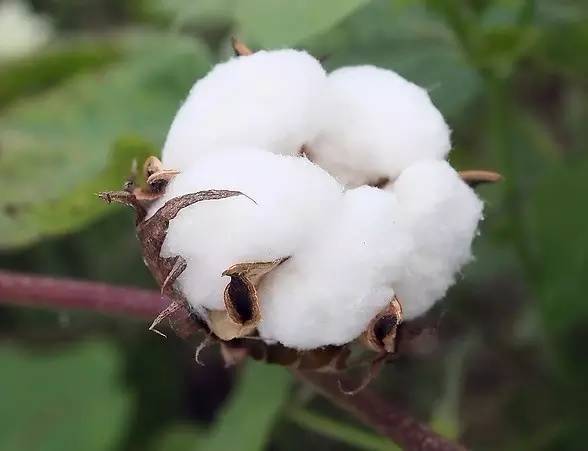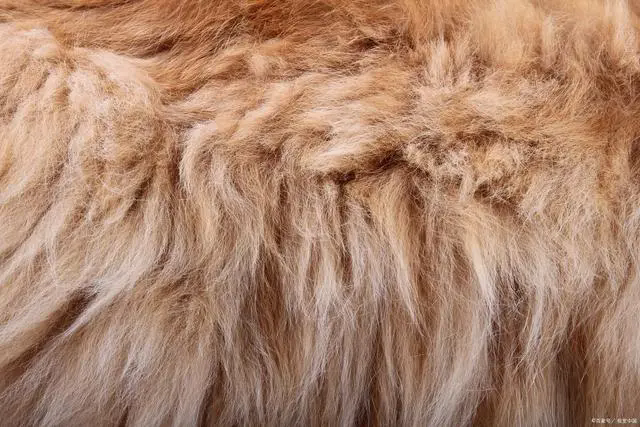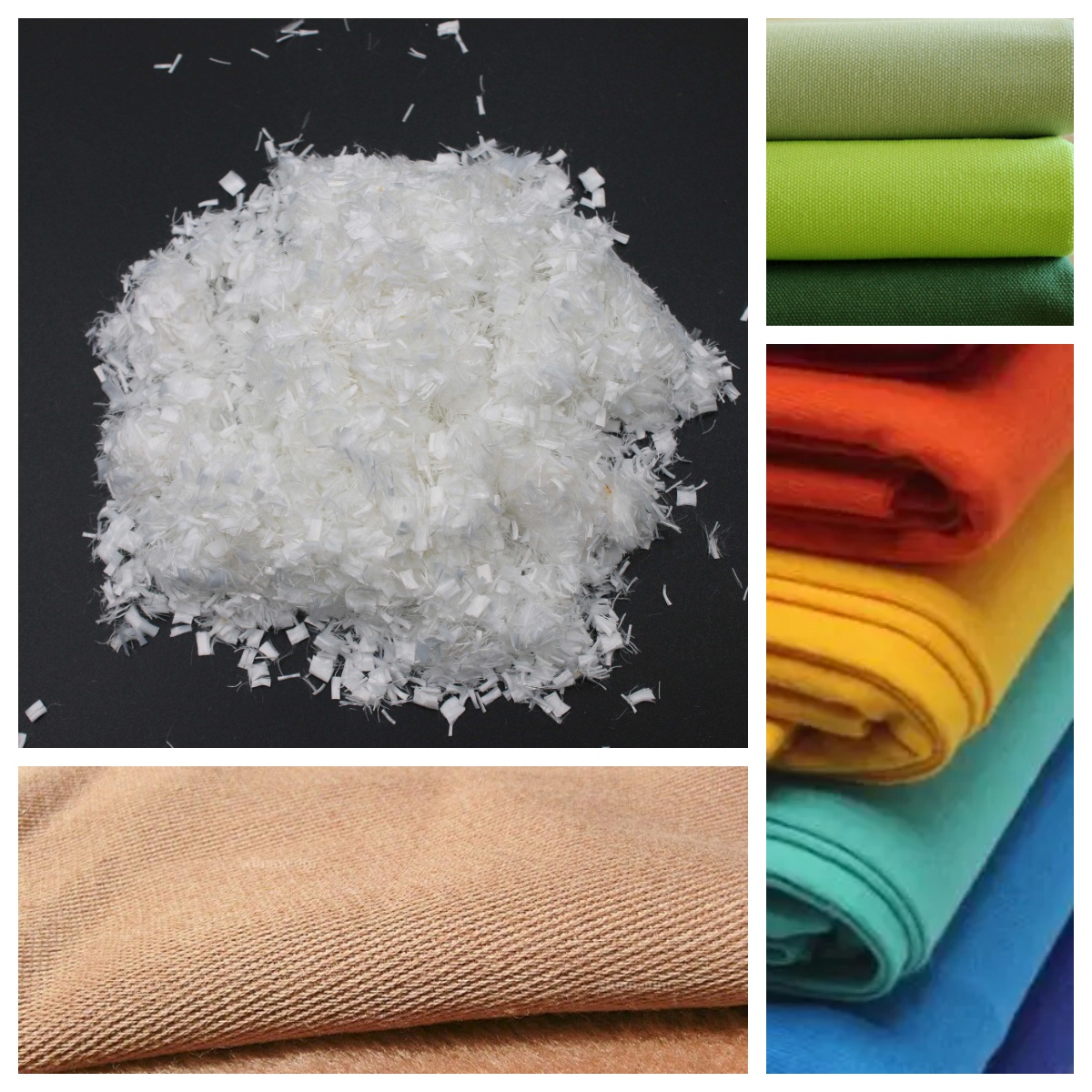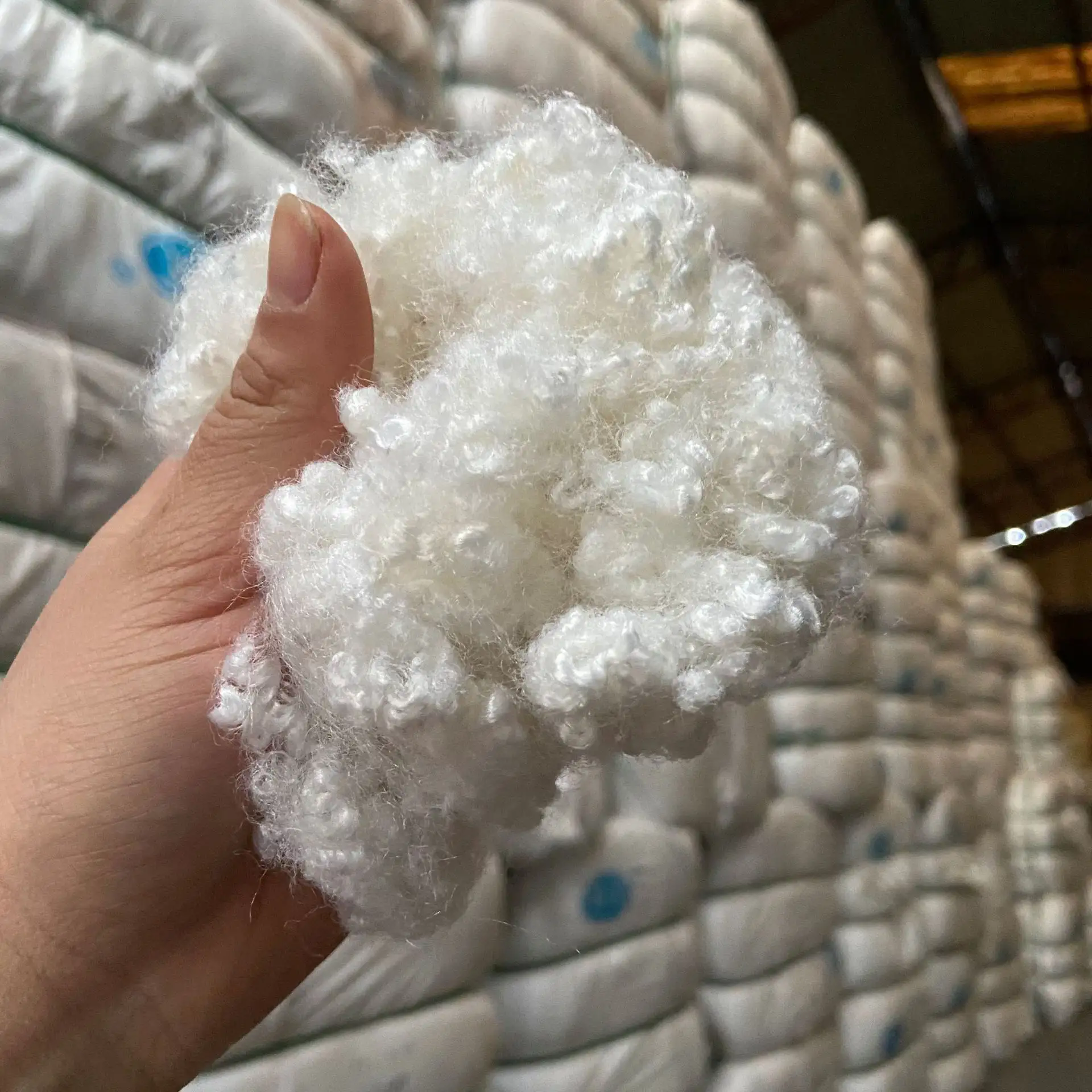Knowledge about cotton clothing making: How to choose the filling material?
This article introduces the characteristics of five commonly used cotton filling materials: "cotton", "wool", "camel hair", "polyester fiber" and "hollow cotton". Then it ranks and analyzes how to choose cotton filling materials from four perspectives: "warmth performance", "comfort", "cost and price", and "difficulty of washing and maintenance". It's a long article, but you will definitely gain something after reading it.
Ⅰ Characteristics of 5 Commonly Used Materials for Filling Cotton Clothes
1. Cotton

1.1 Warmth : Good thermal insulation performance, long-staple cotton is better, suitable for not too cold or indoor environment.
1.2 Comfort: Soft and skin-friendly, with strong moisture absorption, making the wearer feel dry and comfortable.
Price: With a wide range of sources and relatively affordable prices, it is an economical choice.
1.3 Washing and maintenance: It is easy to become hardened after washing, which affects the fluffiness and warmth retention. However, there are specially treated products that can alleviate this problem to a certain extent.
1.4 Applicable scenarios: daily wear, indoor activities and outdoor environments that are not too cold.
2. Wool

2.1 Warmth: It has excellent warmth retention performance and can effectively lock the air to form an insulation layer, which is suitable for long-term outdoor activities in cold winter.
2.2 Comfort: It is elastic and can fit the body curve without feeling restrictive when worn, but some people may be allergic to it.
2.3 Price: Prices vary according to variety and quality, and are generally higher, with high-end varieties being more expensive.
2.4 Washing and maintenance: Improper washing may cause felting. Dry cleaning or gentle washing with wool detergent is recommended.
2.5 Applicable scenarios: daily wear and outdoor activities in cold weather, especially suitable for consumers who have high requirements for warmth and quality.
3 Camel hair

3.1 Warmth: The hollow structure has a strong ability to store air and is better than wool in warmth retention, making it suitable for extremely cold environments.
3.2 Comfort: It is relatively delicate, has good moisture absorption and breathability, and can make the skin feel comfortable even when sweating.
3.3 Price: The output is limited and the price is relatively high. It is a high-end filler.
3.4 Washing and maintenance: It is relatively delicate, so be careful to avoid excessive rubbing when washing.
3.5 Applicable scenarios: high-end outdoor scenes such as mountain expeditions and polar travel in extremely cold environments, as well as daily wear that requires extremely high quality and warmth.
4. Polyester

4.1 Warmth: It has good fluffiness and can effectively prevent heat loss, which is suitable for the warmth needs of daily urban life.
4.2 Comfort: It has strong anti-wrinkle performance and a neat appearance, but its breathability is relatively poor, which may make people feel stuffy.
4.3 Price: The price is low and the cost performance is high. It is a commonly used filling material for mid- and low-end cotton clothing.
4.4 Washing and maintenance: Washing and maintenance are relatively simple, it is wrinkle-resistant and wear-resistant, it can quickly return to its original shape after washing and is not easy to deform.
4.5 Applicable scenarios: low-end cotton clothing for daily commuting, shopping and other urban life scenarios.
5. Hollow cotton

5.1 Warmth: The hollow part of the fiber can store more air and has better warmth retention, comparable to some natural fibers.
5.2 Comfort: High fluffiness, comfortable to wear, and can maintain its shape well.
5.3 Price: The price is moderate, combining good thermal insulation performance and price advantage.
5.4 Washing and maintenance: It can better maintain its fluffiness after washing and is easier to maintain than some natural fiber fillings.
5.5 Applicable scenarios: Wear in various temperature environments, especially suitable for moderately cold weather, and is used in many brands of cotton clothing.
Ⅱ Key points of material selection in various scenarios
Warmth (High to Low) | Comfort (High to Low) | Cost and Price (Low to High) | Washing and maintenance difficulty (low to high) |
camel hair | cotton | Polyester | Polyester |
wool | camel hair | cotton | Hollow cotton |
Hollow cotton | wool | Hollow cotton | cotton |
cotton | Hollow cotton | wool | camel hair |
Polyester | Polyester | camel hair | wool |
Consider warmth
1.1 Material characteristics:
1.1.1 Camel hair: Camel hair fiber has a hollow structure, which allows it to store a large amount of air. Air is a poor conductor of heat, so camel hair can effectively prevent the loss of body heat, and its warmth retention is more prominent among these materials. For example, in extremely cold environments such as polar regions or high mountains, camel hair products can provide good warmth protection for the human body.
1.1.2 Wool: Wool fibers are curly and can lock a lot of air between the fibers to form an insulating layer. Especially high-quality wool such as Merino wool, whose fibers are fine and highly curly, can better retain heat. However, compared with camel hair, its fibers are less hollow, so its warmth retention is slightly inferior.
1.1.3 Hollow cotton: Hollow cotton has a hollow part in its fiber, which allows it to store more air to improve warmth retention. Its warmth retention effect is close to that of high-quality wool, but in some extremely cold environments, it may not be as effective as wool and camel hair.
1.1.4 Cotton: There are certain gaps between cotton fibers to store air, thus keeping warm. However, its fibers do not have a specially designed hollow structure like hollow cotton, nor can they lock a lot of air like wool and camel hair, so its warmth retention is average. However, long-staple cotton can store relatively more air due to its longer fibers, so its warmth retention is better than ordinary cotton.
1.1.5 Polyester fiber: Polyester fiber mainly prevents heat loss through its fluffiness. Although it also has a certain warmth-keeping effect, its performance in air storage and heat insulation is slightly weaker than the previous materials. Under the same thickness, the warmth-keeping property of polyester fiber is relatively poor.
1.2 Factors affecting actual warmth retention
1.2.1 Amount and thickness of fill: Even materials that are less warm can provide good warmth if the amount of fill is large enough and the jacket is thick enough. For example, a thick polyester-filled jacket may be warmer than a thin camel-hair-filled jacket.
1.2.2 The manufacturing process and structure of cotton clothing: factors such as the windproofness of the fabric and whether there is an inner liner design will also affect the warmth retention. If the fabric has poor windproofness, heat will easily dissipate even if it is filled with highly warm materials.
Consider comfort
2.1 Material characteristics:
2.1.1 Cotton
Skin-friendliness : Cotton has excellent skin-friendliness. Its soft fiber will not irritate the skin and feels very comfortable. Even people with sensitive skin can accept it well.
Hygroscopicity and breathability : Cotton has strong hygroscopicity and can absorb sweat from the human body to keep the skin dry. At the same time, it also has good breathability, which can allow air to circulate inside the cotton clothes to avoid stuffiness.
Softness and elasticity : Cotton is relatively soft, but its elasticity is relatively poor. However, this does not affect its overall comfort. The filled cotton jacket can naturally fit the body curve.
2.1.2 Wool
Skin-friendly : Most wool materials are soft and elastic, fit the body well and provide a comfortable wearing experience. However, a small number of people may be allergic to wool, causing itchy skin, which affects its comfort to a certain extent.
Hygroscopicity and breathability : Wool has certain hygroscopicity and breathability. It can absorb a certain amount of moisture while maintaining internal air circulation, making the body feel more comfortable. Moreover, wool can still maintain a certain degree of warmth in a humid environment.
Softness and elasticity : Wool has good elasticity, so the filled cotton jacket will not be easily deformed during wearing, and can stretch and contract with the movement of the body without causing any sense of restraint.
2.1.3 Hollow cotton
Skin-friendly : Hollow cotton is generally softer, feels comfortable, and is less irritating to the skin. However, some low-quality hollow cotton may feel slightly rough to the touch.
Hygroscopicity and breathability : The hygroscopicity and breathability of hollow cotton are between cotton and polyester. It can absorb a certain amount of moisture, and due to its fluffy structure, air can flow through it, providing a relatively comfortable wearing environment.
Softness and elasticity : Hollow cotton has good elasticity and fluffiness. The filled cotton jacket can maintain its full shape while also providing a certain elastic support for the body, making it more comfortable to wear.
2.1.4 Camel hair
Skin-Friendly : Camel hair is relatively delicate, less irritating to the skin, and has good skin-friendliness. Its soft texture can make the wearer feel comfortable.
Moisture absorption and breathability : Camel hair has good moisture absorption and breathability. Even when you sweat during exercise, it can quickly absorb sweat and dissipate moisture to keep your skin dry and comfortable.
Softness and elasticity : Camel hair is very soft and has long fibers. The filled cotton clothes have good elasticity, can fit the body and provide a comfortable wearing experience.
2.1.5 Polyester fiber
Skin-friendliness : The skin-friendliness of polyester fiber is relatively poor. The characteristics of its chemical fiber make it feel relatively hard and not soft and natural enough. People with sensitive skin may feel uncomfortable.
Hygroscopicity and breathability : Polyester fiber has poor hygroscopicity. In a humid environment, it absorbs almost no moisture, which may cause a stuffy feeling when worn, and sweat cannot be absorbed, making the skin feel sticky.
Softness and elasticity : Polyester fiber has good elasticity, which can keep cotton clothes in a better shape, but it is not as soft as natural materials such as cotton and wool, and the overall comfort is affected to a certain extent.
Consider costs and prices
3.1 Material characteristics:
Cotton : Cotton is widely available and relatively affordable, making it a relatively economical filling material. Cotton-filled clothing with ordinary cotton is relatively cheap and suitable for mass consumption.
Wool : The price of wool varies depending on factors such as variety and quality, and is generally higher. Cotton clothes filled with high-end varieties such as merino wool are more expensive and are suitable for consumers who have high requirements for quality and warmth and have sufficient budget.
Camel hair : Due to the limited production of camel hair and its relatively high price, cotton clothes filled with camel hair are high-end products and the cost is also relatively high.
Polyester fiber : Polyester fiber is low in price and has a high cost-effectiveness. Cotton-padded jackets filled with it are relatively affordable. It is a commonly used filling material for mid- and low-end cotton jackets on the market.
Hollow cotton : Hollow cotton is moderately priced. It combines good warmth retention properties with certain price advantages and is used in many brands of cotton clothing.
Consider the difficulty of washing and maintenance
4.1 Material characteristics:
4.1.1 Cotton : Cotton-filled cotton clothing tends to become hardened after washing, which affects its fluffiness and warmth retention. However, some cotton-filled cotton clothing that has been specially treated can maintain its shape and performance to a certain extent after washing.
4.1.2 Wool : Wool can easily become felted if not washed properly, causing the filling to clump together. Dry cleaning or gentle washing with a wool-specific detergent is generally recommended.
4.1.3 Camel hair : Camel hair is relatively delicate, so you need to pay attention to the method when washing it and try to avoid excessive rubbing to avoid affecting its performance.
4.1.4 Polyester fiber : Cotton clothes filled with polyester fiber are relatively simple to wash and maintain. They have good wrinkle resistance and wear resistance, can quickly return to their original shape after washing, and are not easy to deform.
4.1.5 Hollow cotton : Hollow cotton can better maintain its fluffiness after washing and is easier to maintain than some natural fiber fillings.
Now do you know how to choose?
Xiamen Besteam Int’l Co., Ltd. is a professional sportswear manufacturer, and it is one of the suppliers of the Olympic football team. We mainly engage in the production of football kit, swimwear, and accessories, with 13 years of production experience and a professional design team, we can provide a variety of services, such as, fabric customization, OEM ,etc.
Please feel free to contact me.
Alma
Whatsapp: +8613395020372
E-mail: alma@junmaosports.com
